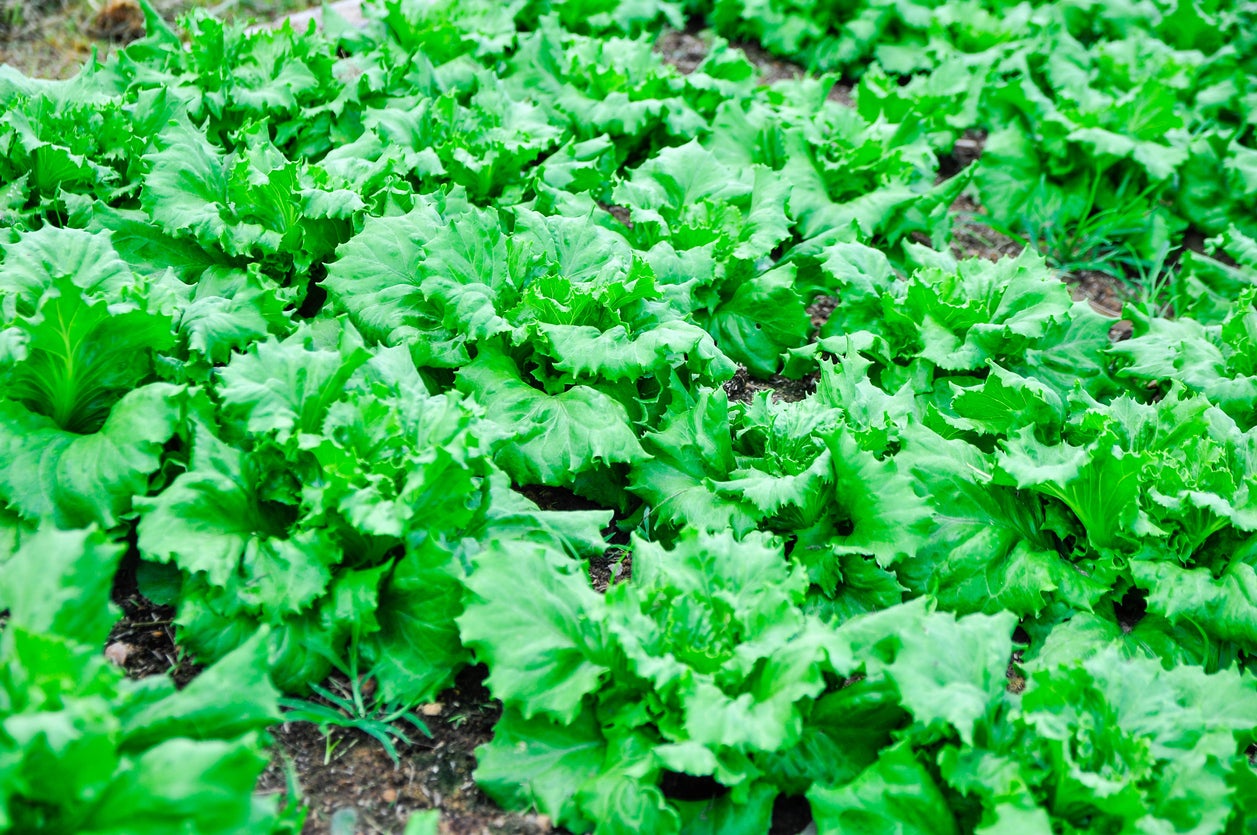What Is Batavia Lettuce – Growing Batavian Lettuce In The Garden


Batavia lettuce varieties are heat resistant and have "cut and come again" harvesting. They are also called French lettuce and have sweet ribs and tender leaves. There are several types of Batavian lettuce plants, with different colors, sizes, and flavors to suit any salad lover. Try growing Batavian lettuce and bring some interest to your vegetable crisper.
What is Batavia Lettuce?
Batavia lettuce is a summer crisp variety that will germinate in warm temperatures and is slow to bolt. There are both open and close headed varieties in colors of green, burgundy, red, magenta, and mixed hues. All kinds of Batavia lettuce are open pollinated and good options for a late season garden. Batavian lettuce plants produce beautifully in cool days like most other lettuce varieties, but they also stand up once the heat comes. The seed will even germinate in temperatures that are too hot for most lettuce seed. Most summer crisp lettuce has loose, wavy leaved heads, but some are more compact and almost iceberg-like. The sweet, firmly ribbed leaves may be green-red, bronze-green, lime green, and many more hues. When several kinds of Batavia lettuce are planted in a bed, their ruffled leaves and variety of colors make for an attractive and tasty display.
Growing Batavian Lettuce
Because of Batavian's good tolerance to heat, the seed can germinate at 80 degrees Fahrenheit (27 C.). Lettuce prefers full sun in well worked soil. Add plenty of well-rotted organic material and make sure there is good drainage. Lettuce should be watered from under the leaves to prevent fungal diseases. Keep Batavian lettuces moderately moist but not soggy. Lettuce shouldn't need fertilizer if the soil is properly prepared with organic amendments. Keep weed pests out of the bed and use slug bait to combat those slimy pests and their cousins, the snails. If you have rabbits, you will also need to erect a critter fence.
Batavia Lettuce Varieties
There are many types of summer crisp lettuce. The green types are flavorful and some of the more heat tolerant. Loma has an almost curly endive appearance, while Nevada is a classic, open head. Other green varieties are Concept, Sierra, Muir, and Anuenue. If you want to add some color to your salad bowl, try growing some of the red or bronze types. Cherokee Red has green ribs and cores but purple-red leaves. Cardinale is another purple red but has a tighter head. Mottistone is delightfully speckled, while Magenta is colored just as its name indicates. All of these are easy to grow in organic rich soil and add tremendous variety to your produce bin.
Gardening tips, videos, info and more delivered right to your inbox!
Sign up for the Gardening Know How newsletter today and receive a free copy of our e-book "How to Grow Delicious Tomatoes".

Bonnie Grant is a professional landscaper with a Certification in Urban Gardening. She has been gardening and writing for 15 years. A former professional chef, she has a passion for edible landscaping.
-
 Moody Blooms For Spring: 8 Types Of Black Flowers To Add Drama To Spring Displays
Moody Blooms For Spring: 8 Types Of Black Flowers To Add Drama To Spring DisplaysFrom midnight burgundies to inky violets, several types of black flowers can enrich and embolden a spring display. Try these brooding bloomers for a moody garden
By Tonya Barnett
-
 Can Snake Plants Live Outside? Everything You Need To Know For Snake Plants Al Fresco
Can Snake Plants Live Outside? Everything You Need To Know For Snake Plants Al FrescoSnake plants can live outside given the right conditions, but be careful that they don't take over! Learn the best way to use snake plants in your landscape.
By Mary Ellen Ellis